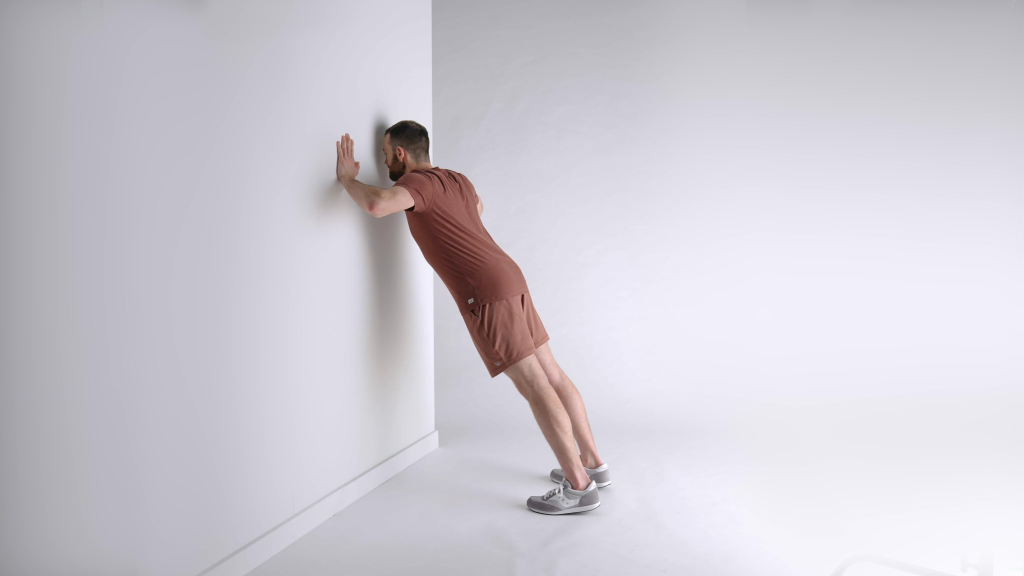Membership fees and crowded machines are not prerequisites for a strong, resilient body. With a few square feet of floor space, household items and strategic progression, you can train every major muscle group at home—or in a nearby park—while saving time and money. Below is a practical framework that pairs scalable body-weight moves with light equipment options and evidence-based nutrition guidance.
1. Upper-Body Push Variations
Push-ups remain a gold-standard compound exercise. Choose the variation that matches current strength, then progress:
- Wall Push-Up → Incline Push-Up (hands on chair) → Knee Push-Up → Standard Floor Push-Up → Decline or Single-Arm Push-Up
- Change hand distance: wide for chest emphasis, diamond for triceps.
- Maintain a plank-tight core to double as anti-sag training.

2. Lower-Body Staples
Squats and lunges cover quads, hamstrings and glutes without machines:
- Chair Squat – sit-to-stand from a low seat for beginners.
- Body-Weight Parallel Squat – thighs to 90 °, focus on depth.
- Wide-Stance (sumo) Squat – targets inner thighs.
- Split or Bulgarian Squat – rear foot elevated for single-leg challenge.
- Walking Lunges or Assisted Stationary Lunges to improve balance and hip mobility.
Add intensity by holding dumbbells, water jugs or backpacks.
3. Pull & Row Options Without a Cable Machine
- Door-Frame Rows: loop a sturdy bed-sheet, lean back and pull chest toward hands.
- Tabletop Inverted Rows: slide under a solid table and pull up.
- Assisted Pull-Ups: stand on a step or resistance band until unassisted reps emerge.
- Isometric Faux Pull-Down: kneel, extend arms overhead, contract lat muscles hard for five-second holds, then release slowly.
4. Shoulder + Arm Isolation With Minimal Gear
Light dumbbells, soup cans or filled water bottles enable:
- Overhead press
- Lateral and rear-delt raises
- Bicep L-holds (90 ° isometric curl)
- Triceps diamond knee-push-ups or chair dips
No weights? Use tension-against-wall presses to recruit the same fibres.
5. Core Every Session
Rotate through front-, side- and anti-extension drills:
- Forearm plank (add jacks or shoulder taps for variety)
- Dead bug or lying leg raises for lower-ab engagement
- Side plank hip lifts for obliques
- Slow bicycle crunches to integrate rotation
6. Programming: Simple Full-Body Template
Repeat each circuit 3 – 4 times, resting 45 seconds between exercises:
- Push-Up variation – 10 – 15 reps
- Body-Weight Squat – 15 – 20 reps
- Row or Isometric Pull – 10 – 15 reps
- Lunge (each leg) – 10 reps
- Core move – 30 – 45 seconds
Train three non-consecutive days weekly. Aim to add one rep, deeper range or slower tempo before increasing load.
7. Nutrition: Protein First, Especially as We Age
Muscle repair relies on adequate amino acids. Target about 0.7 – 1 gram of protein per pound of goal body weight, distributed across 3 – 4 meals. Common sources include eggs, Greek yogurt, lean meat, lentils and whey shakes. The CDC’s Nutrition Basics portal outlines portion guidance. To learn more about how protein intake affects muscle gain read our blog here.

8. Progress Tracking & Safety
- Document reps and perceived effort to monitor overload.
- Use walls, chairs or rails for balance support when testing new movements.
- If joint pain persists, scale range or consult a qualified professional.
Disclaimer: This information is educational and not a substitute for personalised medical advice. Consult a healthcare provider before starting any new exercise program.
Video Summary
To learn more about nutrition, fitness, and health from professionals and experts, visit our channel and subscribe: https://www.youtube.com/@Vitality-and-Wellness





